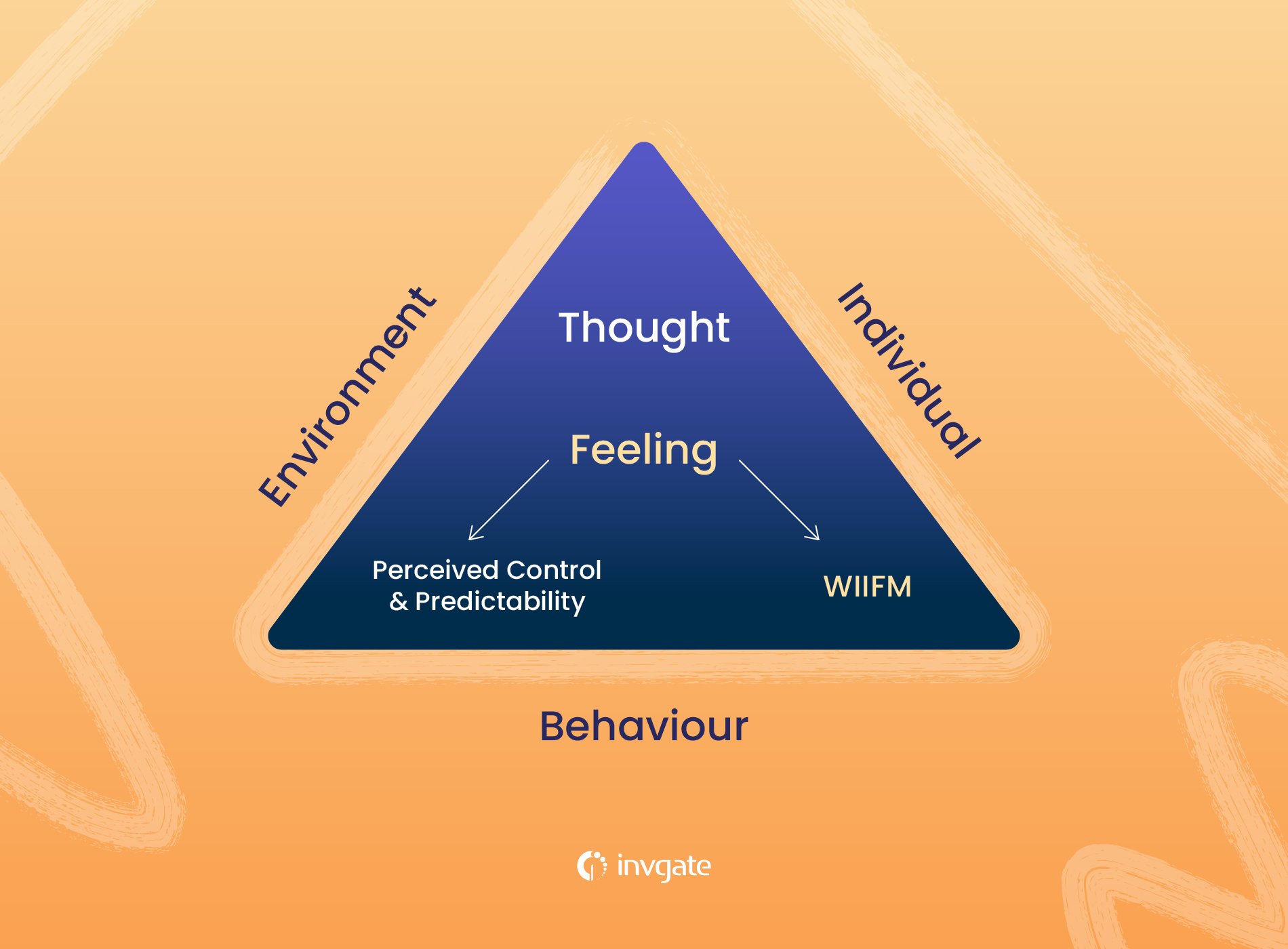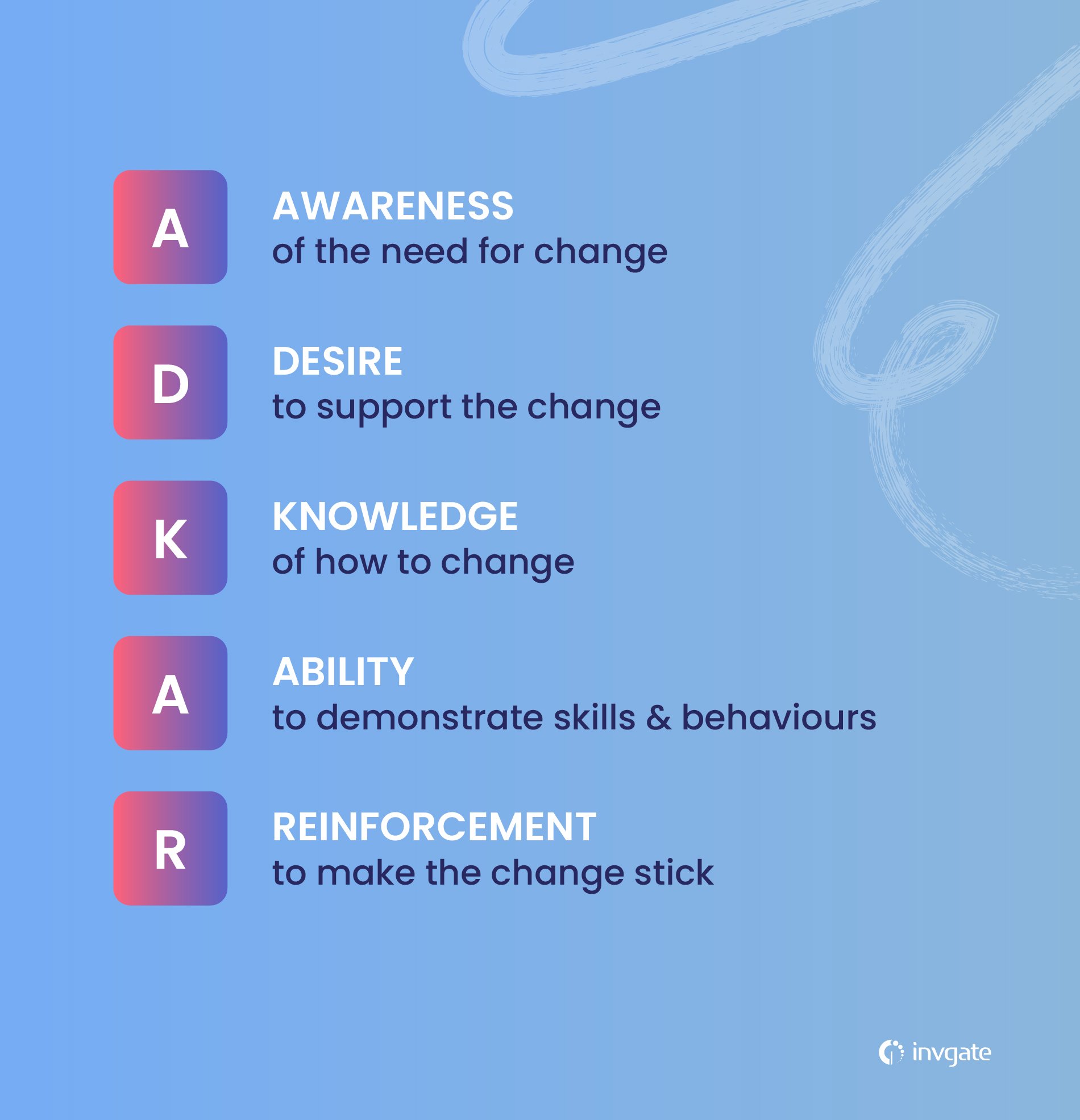The first rule of change management is that people don't like to change, and anyone involved in managing a major change will tell you this is all too true. WIIFM is an acronym that stands for What Is In It For Me. In essence, it’s a truth that leverages some cold, hard facts about human nature to actually facilitate change. So, while it’s a bit of philosophical insight, it’s also a useful tool for organizational change.
WIIFM helps by doing three things:
- It makes sure that people know exactly what they are getting out of any change. If you think this is a little individualistic, you’re right. But it’s also the perfect way to both facilitate change and integrate the needs of individuals with the ones of the larger group.
- Then, it helps to ensure that everyone knows their role in the change process. No one’s left floundering around like Travolta that one meme.
- Lastly, it makes sure that people know what they are expected to do as part of the new system. The idea is to set clear roles that don’t cause confusion between before and after.
So, if you’re wondering about how you can use this idea for change management, you’re in the right place. It’s a wonderful way to motivate employees, promote change, and keep things running smoothly once you’ve been able to move ahead. You know, all of the great things that we actually want to do when we set objectives.
Let’s go into more detail.
WIIFM and its power for change management
WIIFM obviously has an important place within any change management plan, but its power comes from what it does for individuals. Change is difficult even when this strategy is used well, even! And as a result, it has the potential to truly bring out the best in people.
WIIFM is about focusing on people and their needs rather than what you want them to do. If you’re constantly thinking about how change can benefit you, you’re going about it the wrong way. What you want is to meet people in the middle and chart a course for a mutually beneficial scenario. Thus, this can be a powerful tool that will help managers get even more buy-in from the individuals involved. Rather than just say “Hey, I need you to do X,” and leave it at that, you can negotiate humanely. Persuading rather than demanding is the name of the game here.
So, in that case, what you need, first and foremost, are some great communication skills. Change does not happen on its own, and change that requires an alignment between people and a larger organization is not sustainable if you don’t do a cost/benefit analysis on an individual level.
It’s best if we look at a fictionalized scenario where we could see how things may play out.
An example of WIIFM in action
Let’s consider a company that is in a Service Level crisis due to an issue with its software. The technical staff has been overwhelmed by calls and there are now nearly zero available services for customers who need help from them! It's critical that they find ways around these issues before more people get hurt or lose confidence in their products altogether — what options should management consider other than pushing the panic button?
With no other options left, it has come down to mandatory overtime. This is one of the most difficult decisions for front-line workers. First is the fact that they have to put in more hours. And this may cause them significant stress during a time when work demands are sky-high already due to weather conditions or an emergency situation requiring extra hands on deck. Even with overtime pay, this is a taxing state of affairs under any circumstances.
However, we will assume all those issues had been addressed beforehand. If that was the case, there wouldn't be any disruption in personal schedules if anything else were going around instead — like cancellation/delay, or if off-phone activity was extended.
And this is where communication can help tremendously. 
It's important to involve your employees in the process of making tough decisions. If you explain it simply as improving service levels, they might resent you or become frustrated with work. In the worst-case scenario, they’ll want a different boss who will listen more closely, rather than one who doesn't care about their opinion! Instead, tell them what this means for overtime and how much better things can be if you all come together for something good...
The business case doesn't just need to make sense; it has to be backed up by clear and concise arguments that communicate how the decision benefits everyone involved. We can’t forget about WIIFM, because people won't invest in something if they don’t think their fellow employees will actually benefit from doing so too.
How do you find employees' WIIFM?
You don’t have to be psychic to figure out what people need. But what you do need, if you were listening to the example above, is to be ready to open a clear line of communication with each individual. People need to tell you, in their own words, “What’s in it for me?”
In a way, it’s like any sort of interpersonal relationship. It’s being assertive, communicative, but being able to listen. It’s no different than any sort of other commitment and should be approached as such. Sure, it’s not quite the same as making vacation plans with your spouse, but it’s not that structurally different either.
And that’s why we think that WIIFM requires:
- Paying attention: be open, listen, and take in what the other person is actually saying. Don’t wait for your turn to speak; be present and mindful of what is happening. Try to understand their real needs, not the ones that slot into your pre-existing pitch. Sometimes being surprised and going off-script can work wonders. Don’t hold on to your plans just because it took you a long time to come up with them; be open to being proven wrong.
- Ask and you shall receive. In a non-confrontational manner, go ahead and ask each employee what they want to get out of a particular situation. Ask them what you could be doing to help keep them motivated. Ask them about their frustrations and desires. Write down what you want to know and ask!
- Pay attention to blockers and what de-motivates people. And then, STOP! Find out what people like and dislike, both in their work environment and the way you operate. Of course, some things can’t be helped — if someone’s going “I don’t like coming in for work,” then that’s too bad. But, within reason, you can try to strike a delicate balance in order to, if not be a people-pleaser, then at least not nagging them to death.
Remember the ADKAR model for change management. If you keep these concepts in mind, you should be able to effectively communicate with your employees and meet them where they stand.

WIIFM is a nice bit of codified human nature that can be leveraged to the advantage of any organization and the individuals therein.
People want things, and organizations want things as well. And it takes a bit of finessing to get everyone on the same page. If you’re too much of a despot, then things won’t go your way however much you push. Sure, people will listen at first, but your job desertion numbers will be through the roof after a while.
Conversely, give too much and you’ve got yourself a slippery slope. It’s always a good idea, though, to maintain a well-oiled line of communication to stay connected with the shifting needs of your employees, and still be able to comfortably assert yours.
Prosci, a change management firm, had this to say about the matter on their blog:
“Communications cannot be viewed as an activity that is planned, delivered, and then checked off the list of work to be done. You must find ways to ensure that employees are hearing and interpreting the messages you are trying to send.”
Maintain the channel open at all times, and you’ll be well on your way to success.














.jpg?upsize=true&upscale=true&width=780&height=205&name=ITIL%20Foundation%20Exam%20(2).jpg)
